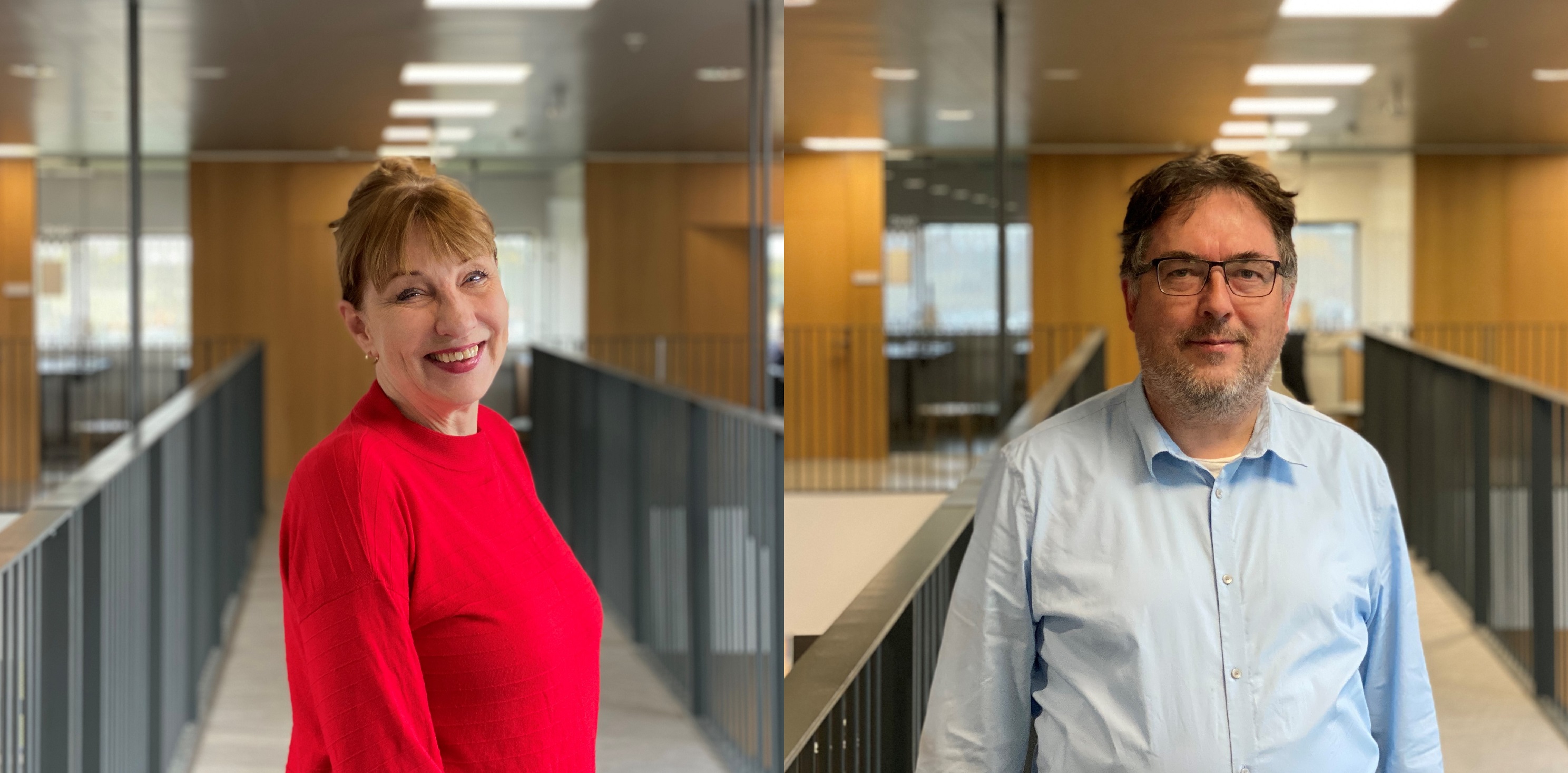
Challenging Ideas and Scientific Curiosity: How to Inspire Interdisciplinary Research
For the past fifteen years professors Anne-Marie Mai and Klaus Petersen have collaborated on interdisciplinary research, merging their expertise within literature and history. As chairs at Danish Institute of Advanced Study, they now have a platform from which they can inspire younger colleagues to seek out interdisciplinary opportunities.
As the World is becoming more complex, so are the challenges we face as a global society. According to professor Anne-Marie Mai and her colleague professor Klaus Petersen – both Chairs at the Danish Institute of Advanced Study, University of Southern Denmark (DIAS) – the World will only continue to become more and more complex.
- We cannot expect to find solutions for future challenges by looking at them from one angle at a time. From one scientific discipline at a time. We need to address problems such as climate change with a scientific approach that is truly interdisciplinary at its core. Otherwise, we will always have too many blind spots to come up with sustainable solutions, Klaus Petersen says.
However, this is no easy task. Initiating and sustaining a deeply interdisciplinary research collaboration is often hard to accomplish. The reasons for this are plentiful. Researchers’ careers are often depending on employment through departments based on only few or a single discipline.
- In that way, DIAS is an ambitious initiative, because of its ability to gather and assemble researcher across all disciplines, Anne-Marie Mai says.
Workshops on interdisciplinarity
Mai and Petersen recently initiated a pilot project at titled Challenging Ideas and Scientific Curiosity. Through the project, they wish to support the platform from which new DIAS collaborations can spring.
- We need to have a continuous discussion about how researchers from different fields and disciplines approach each other. How do we share our ideas and cultivate out-of-the-box-thinking? Petersen says.
Along with the rest of their group, Mai and Petersen have initiated a series of workshops that are meant to facilitate such necessary conversations between researchers of all shapes and sizes.
They also seek to inspire by sharing unexpected examples of interdisciplinary research collaborations to showcase how others have approached the genre successfully.
Aiming for a research grant
While scientific research generally has become more specialized and based on more and more accumulated knowledge throughout history, there was a time when arts and science was closely linked.
- Historically speaking, artist and scientists have always inspired each other. However, art’s ability to inspire science is often overlooked, Mai says.
Therefore, their project also includes engagement between artists and scientists.
One of the goals of Mai and Petersen’s current collaboration is to apply for a research grant that would enable them to examine the art of interdisciplinarity more thoroughly.
- We wish to better understand the many challenges of interdisciplinary research encounters. Specifically, when the humanities, the arts and the social sciences encounters the technical and natural sciences, Petersen says.
- But also, how engagement between artists and scientist can challenge scientific convention and tradition.
How did the group find each other?
- Professor Anne-Marie Mai and Professor Klaus Petersen have collaborated on a variety of projects throughout the past 15 years. At DIAS the rest of the group joined the discussion on how to better initiate and cultivate interdisciplinary research.
- Project title: Challenging Ideas and Scientific Curiosity
- Involved in the project are DIAS Chairs Lars Boje Mortensen, Department of History; Søren Askegaard, Department of Business & Management, Anne-Marie Mai, Department of the Study of Culture; Klaus Petersen, Department of History; and DIAS Fellows: Bryan Yazell, Department of the Study of Culture; Aglae Pizzone, Department of History.